The Franklin Institute Science Museum is one of the oldest science and technology museums in North America. It is managed by the Franklin Institute, a center for Innovation in Science Learning, and promotes discovery and learning through hands-on exhibits.
History
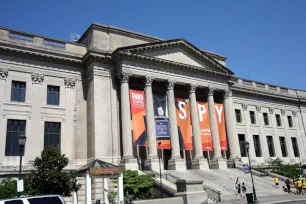
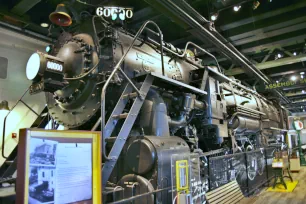
The Franklin Institute Science Museum was founded in 1824 as the Franklin Institute for the promotion of the Mechanic Arts. It was housed in a building on 7th Street that is now home to the Philadelphia History Museum. The museum outgrew its original location and in the 1930s it moved to its current home on Logan Square, a monumental neoclassical building designed by local architect John T. Windrim.
Benjamin Franklin
The museum is named after Benjamin Franklin (1706-1790), Philadelphia’s most famous citizen. Franklin was one of the Founding Fathers of the United States. But he was more than a mere statesman: he was also a printer, author, postmaster, diplomat, inventor and scientist. As a scientist, he is best known for his groundbreaking work in the field of electricity.
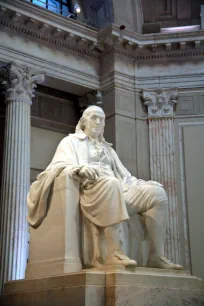
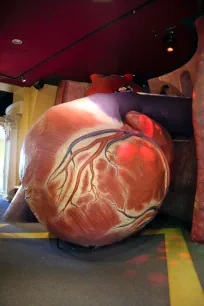
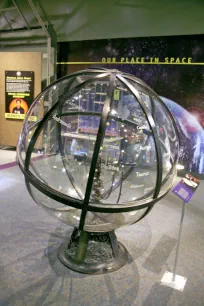
Benjamin Franklin National Memorial
One enters the museum through the building’s most impressive hall: the Rotunda, which was designed after the Pantheon in Rome. The rotunda, which is open to the public (no ticket required), is home to the Benjamin Franklin National Memorial, a giant marble statue of Benjamin Franklin. The statue was sculpted in 1911 by James Earle Fraser James. It is enormous: the statue is 20 feet (6 meters) high and weighs a massive 27 tonnes. In 1972 the statue was designated as the official national memorial to Benjamin Franklin.
Exhibits
As early as in the 1930s, the Franklin Institute introduced hands-on science exhibits and today’s museum continues the tradition with many interactive exhibits that invite visitors to follow in the footsteps of Benjamin Franklin and experiment and explore. The permanent exhibits are spread over two floors and are thematically organized.
On the same floor as the rotunda is the ‘Electricity’ exhibit, which allows visitors to experiment with electricity just like Franklin. You can become a conductor and see how electricity is generated. Nearby, children can walk inside a giant heart, sized for a 220-foot-tall person (67 meters!). And the Amazing Machine display shows the inner workings of household machines such as a vacuum or a drill. At the Franklin Airshow you can learn the principles of aeronautics, see the Wright Brothers’ Model B Flyer and test your piloting skills in a flight simulator.
You can take the Pendulum stairs to the lower floor. The stairs are named for the Pendulum of Foucault that is suspended here and demonstrates the rotation of the earth. On the lower floor is the Train Factory, where you can see the massive Baldwin 60000 locomotive, built in 1926 in Pennsylvania as an experimental train. Much older and smaller is the Rocket locomotive, built in 1838 in London. The Space Command, where you can learn about the moon, has an actual moon rock on display, and you can even touch a meteorite.
The museum is also home to the Fels Planetarium, one of the oldest planetariums in the U.S., as well as an IMAX theater and the Franklin Theater, where you can see 3D projections.

